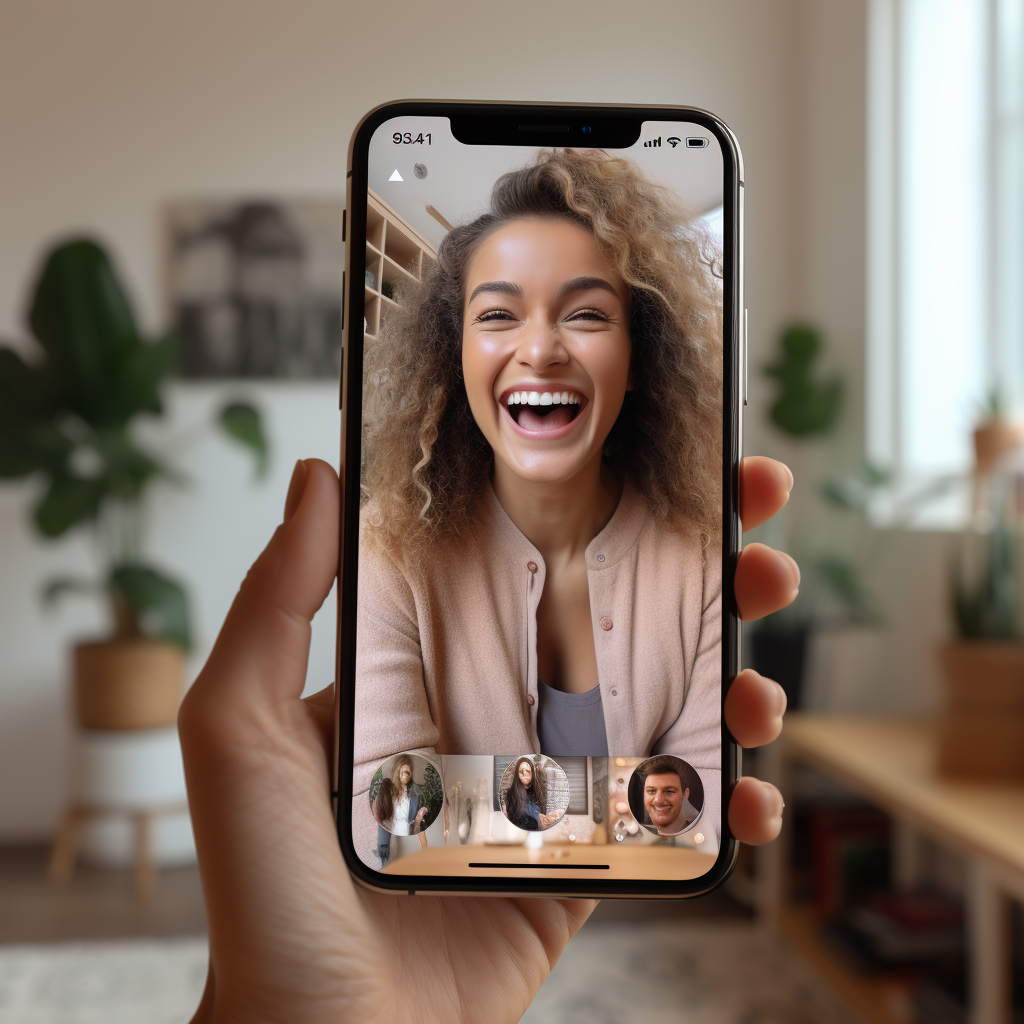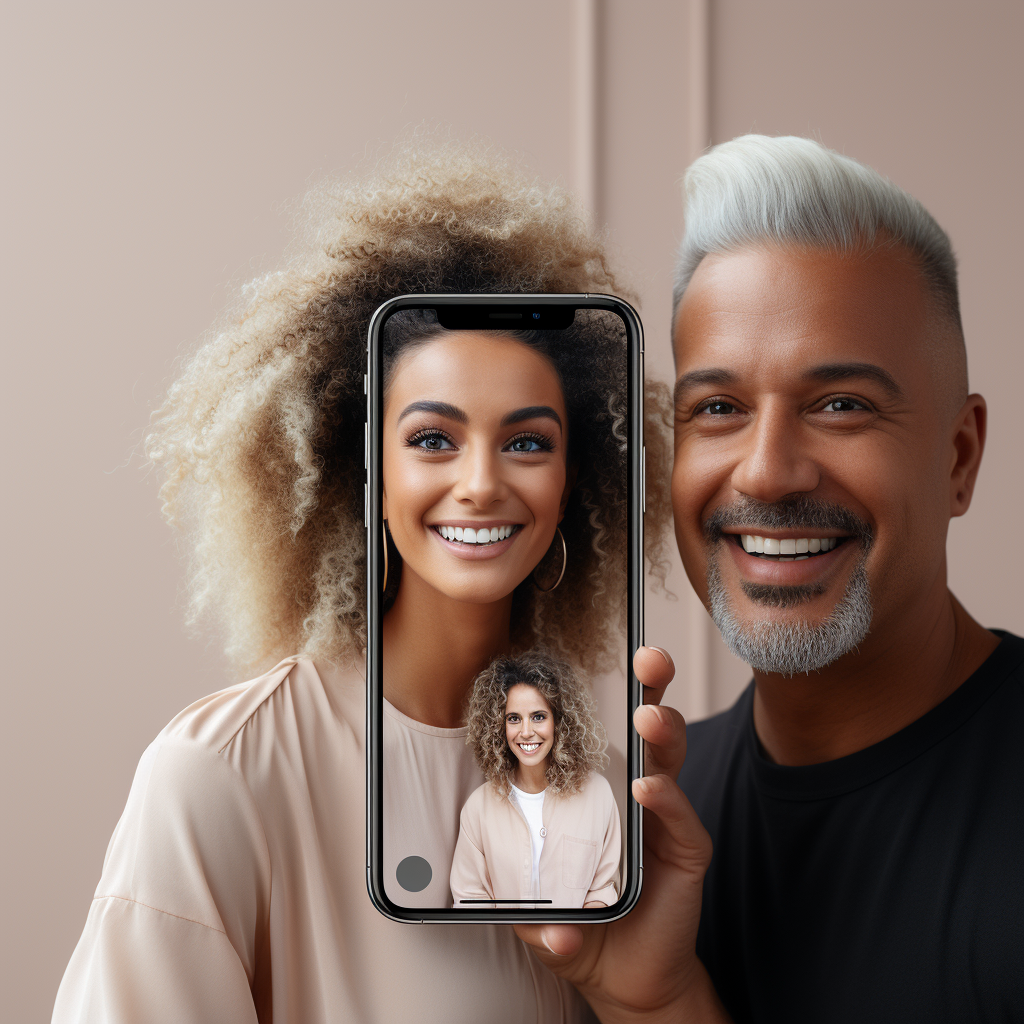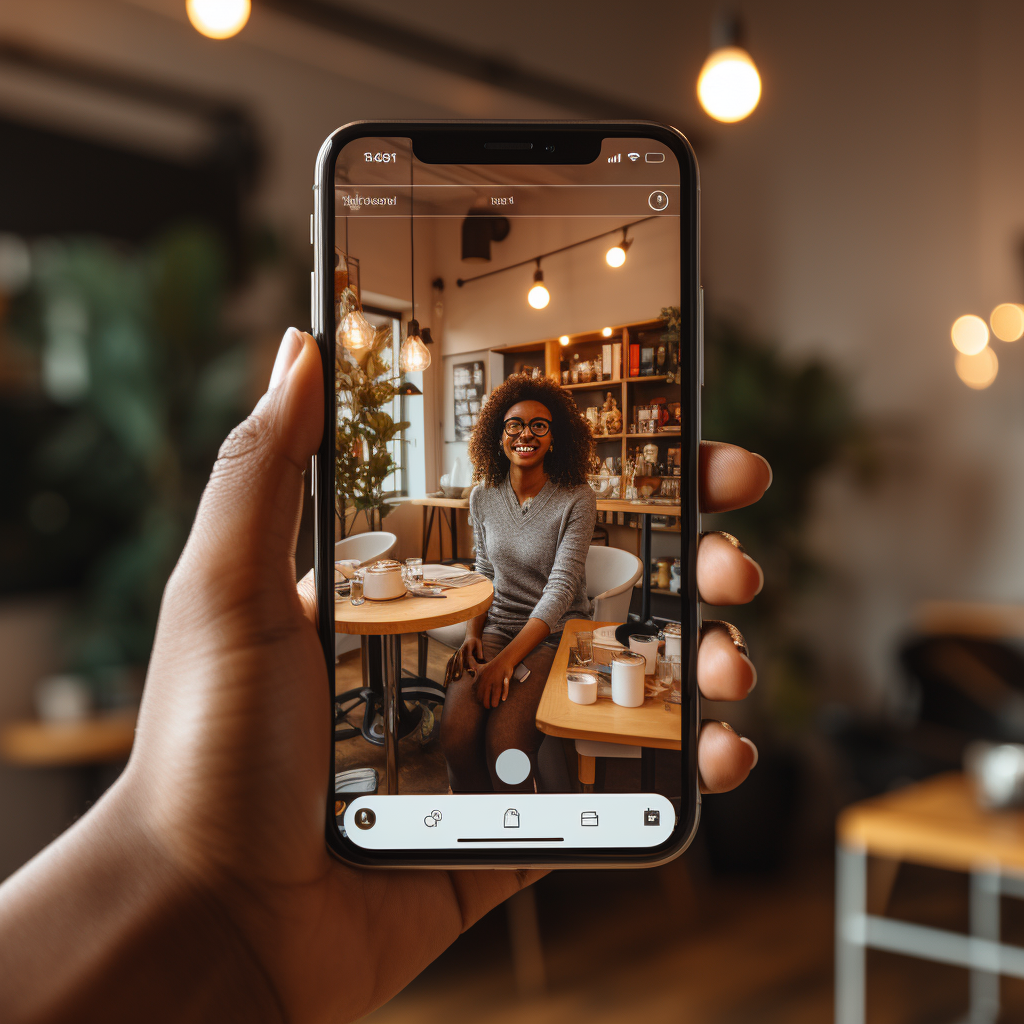

Online Interactions
"The best time to make friends is before you need them." - Ethel Barrymore
Good friends are good for health.

Contact List
Maintaining a contact list for online interactions is an integral part of modern social life. It helps streamline and organize digital communications, ensuring easy access to contacts across various platforms. This list can include friends, family, colleagues, and acquaintances, facilitating smoother and more efficient online interactions. It's especially useful for managing professional networks on platforms like LinkedIn, or for staying connected with loved ones via social media. A well-organized online contact list aids in keeping your digital social life vibrant and connected.

Audio & Video Calls
Audio and video calls have become pivotal in our online social interactions. They offer a more personal and engaging way to connect with others, surpassing the limitations of text-based communication. These calls enable real-time conversations, making distances seem shorter and fostering stronger bonds. They are essential for maintaining personal relationships, conducting professional meetings, and facilitating group discussions in our increasingly digital world. The convenience and immediacy of these tools have revolutionized how we interact and stay connected.
Audio calls are convenient for multitasking, allowing engagement in other activities during the conversation.

Texting
Texting is a fundamental aspect of online interactions in our social lives, offering a quick and convenient way to communicate. It allows for instant messaging and it’s particularly useful for brief exchanges, coordinating plans, or sharing quick updates. Its accessibility and ease of use make it a popular choice for maintaining regular contact in our fast-paced digital world.
Efficiency in texting can be improved by dictating messages or using a computer keyboard. To manage time effectively, it's suggested to limit texting sessions: if a conversation extends beyond 10 minutes, consider switching to an audio or video call for more direct and personal interaction.

Email communication is a staple in both professional and personal social interactions. It offers a more formal and detailed way of communicating compared to instant messaging.
Emails are ideal for conveying complex information, arranging formal commitments, and maintaining a record of communication. They provide the flexibility to respond at one's own pace, making them suitable for non-urgent matters.
However, their formal tone and potential for delayed responses make them less suited for casual, real-time conversations.

Social Media
Social media provides platforms to connect, share, and engage with a wide network. They offer the convenience of keeping in touch with friends and family, discovering new interests, and joining communities.
Social media also enables professional networking and the sharing of personal experiences and opinions.
However, it's important to navigate these platforms thoughtfully, considering the impact of online behavior on real-life relationships and personal well-being.
Positive use involves limiting time spent, having focused interactions, and turning off notifications.
Lifeflows for Online Interactions
-
1. CONTACT LIST
Compile a list of friends and family for online socialization, including details like interests and important dates
-
2. SCHEDULING
Plan and schedule regular meetups, considering each person's preferences and availability
-
3. PLATFORMS
Select platforms that align with your communication preferences
-
4. MANAGE TIME
Limit your time on social media to avoid negative impacts on mental health
-
5. BALANCE
Mix online interactions with face-to-face connections to maintain a healthy social balance
Pick another social life area to focus on
-
IN-PERSON INTERACTIONS
Encourage and organize in-person social engagements to strengthen relationships, enhance communication skills, and enrich social life
-
